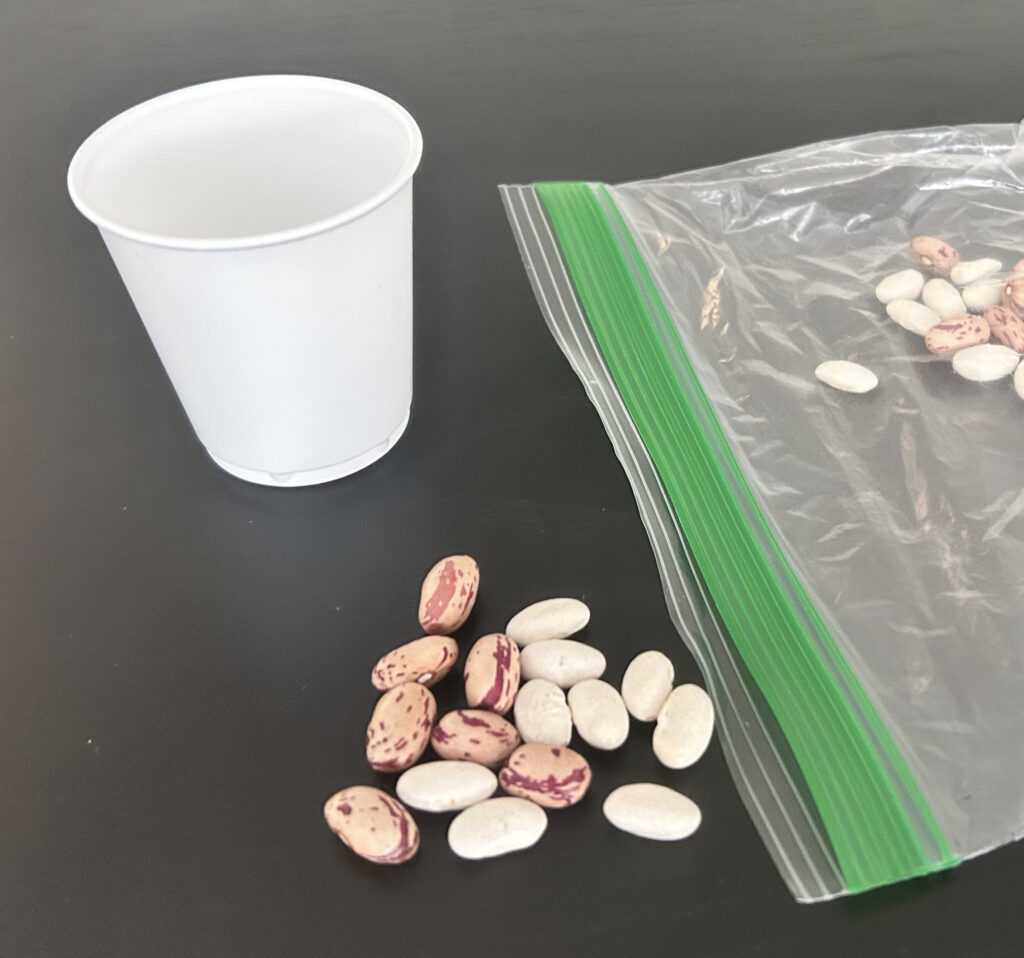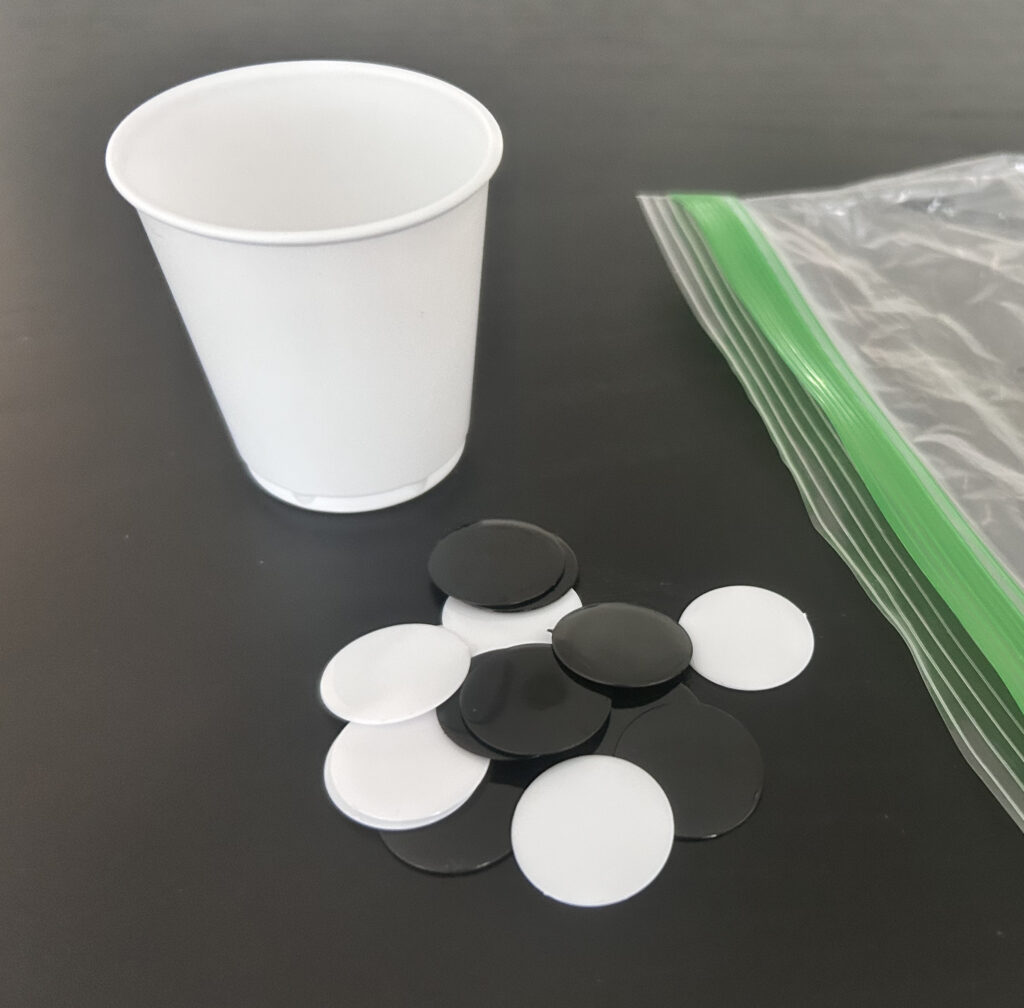https://online.ucpress.edu/abt/article/74/9/648/92552/The-Mating-Game-A-Classroom-Activity-for
Moore, D., Holbrook, C. T., Meadows, M. G., & Taylor, L. A. (2012). The mating game: A classroom activity for undergraduates that explores the evolutionary basis of sex roles. The American Biology Teacher, 74(9), 648–651. https://doi.org/10.1525/abt.2012.74.9.9
A simulation in which all students are assigned a sex (male or female), corresponding paper gametes (4 large eggs or 48 small sperm), and a quality score. Students then mingle in an assigned breeding area until they can find a partner to mate with. Each mating and the offspring produced are then recorded in a spreadsheet that is reviewed at the end of the activity.
The source materials provide a lesson plan with discussion questions, printout of paper gametes, and spreadsheet.
Class size – 36 (could work with larger class)
Required Materials – Paper gametes, headbands or name tags with assigned sex and quality, shared spreadsheet to record data
Estimated time – 60 min
Instructor notes and adaptation – I used name tags that clip onto the student’s clothing as a marker of assigned sex and quality instead of paper headbands. The quality values of each sex should be normally distributed which is hard to pre-determine since the number of students that attend class can vary.
Course content area – Sexual Selection
Course – Evolution & Behavior (100 level)
Campus – Hunter College




